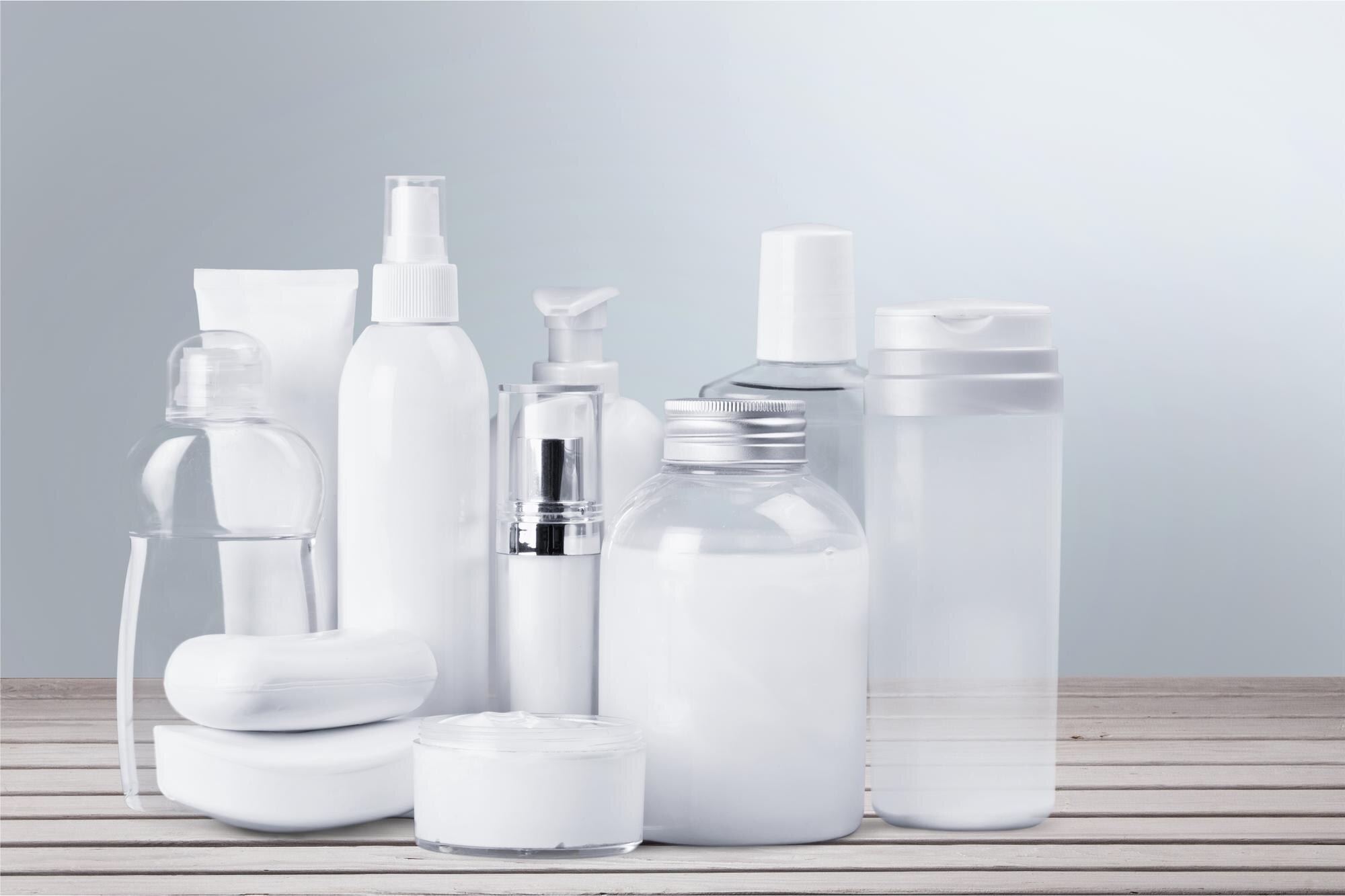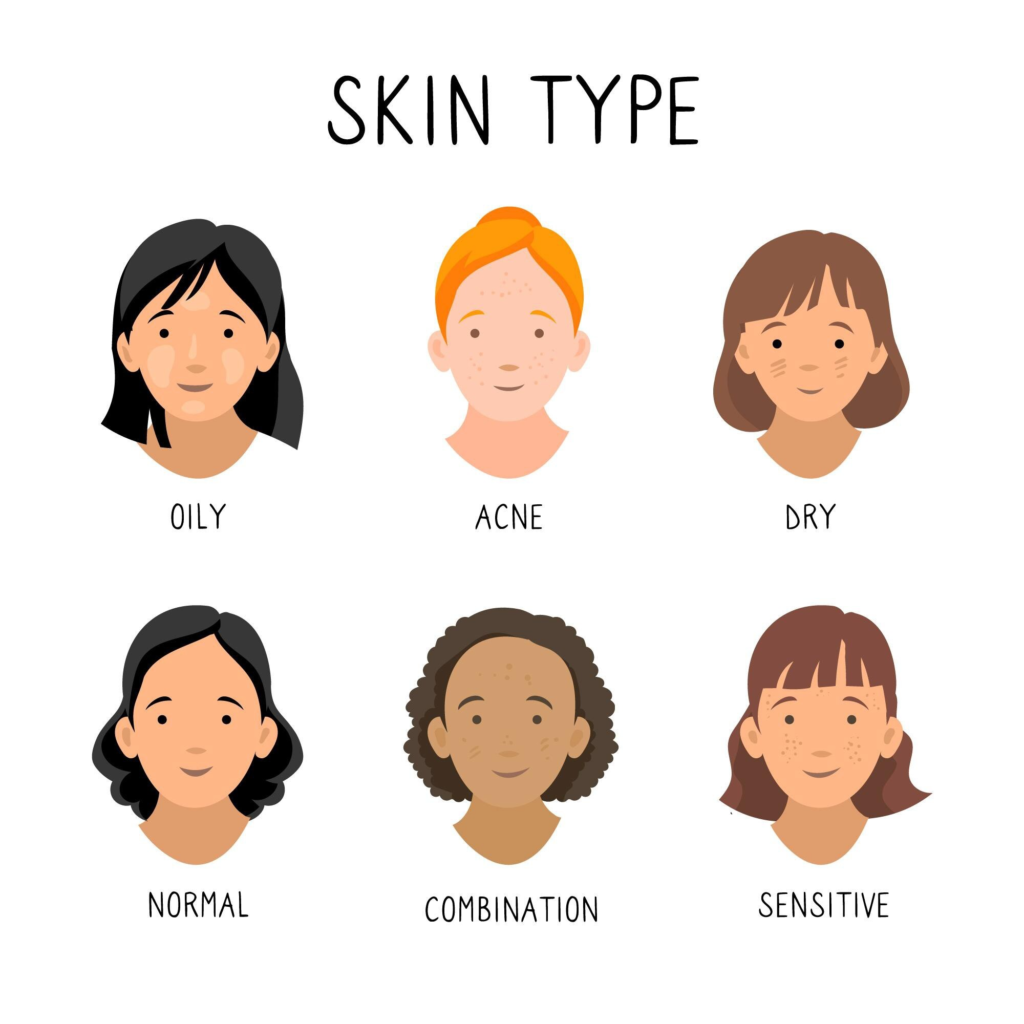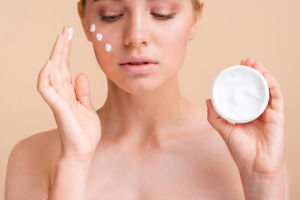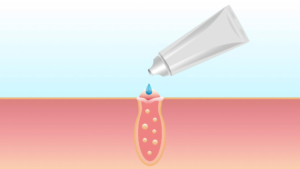
Introduction
Creating a skin care product that is both effective and market-ready requires a deep understanding of cosmetic chemistry, ingredient synergy, and regulatory compliance.
For skin care product formulators, the key lies in selecting the right ingredients, optimizing formulation stability, and ensuring a balance between performance, safety, and consumer appeal.
This guide explores the science behind an ideal skin care product and provides valuable formulation tips to help create high-performance solutions that stand out in the competitive beauty industry.
Understanding Skin Types and Their Needs
Before designing a skin care product, formulators must understand different skin types and their specific needs:

- Oily Skin – Requires lightweight, non-comedogenic ingredients to balance sebum production.
- Dry Skin – Needs occlusive and humectant ingredients to prevent moisture loss.
- Sensitive Skin – Benefits from soothing, anti-inflammatory agents with minimal irritants.
- Combination Skin – Requires a balanced approach with hydration and oil control.
- Mature Skin – Benefits from anti-aging ingredients like peptides, antioxidants, and retinoids.
A successful skin care product should cater to the needs of the target audience while addressing specific skin concerns such as acne, pigmentation, or aging.
Essential Ingredients for an Effective Skin Care Product
1. Hydrators and Humectants
- Hyaluronic Acid: Holds up to 1,000 times its weight in water.
- Glycerin: Attracts moisture and prevents transepidermal water loss.
- Aloe Vera: Hydrates while providing anti-inflammatory benefits.
2. Emollients and Occlusives
- Shea Butter: Rich in fatty acids and vitamins to nourish the skin.
- Squalane: Mimics skin’s natural lipids for deep hydration.
- Dimethicone: Creates a breathable barrier for long-lasting moisture.
3. Active Ingredients for Targeted Benefits
- Niacinamide: Reduces redness, inflammation, and hyperpigmentation.
- Vitamin C (Ascorbic Acid): Brightens skin and provides antioxidant protection.
- Retinoids (Retinol, Retinal, Tretinoin): Speeds up cell turnover and reduces fine lines.
- Peptides: Boost collagen production for firmer, younger-looking skin.
- Salicylic Acid: A beta-hydroxy acid (BHA) that exfoliates and unclogs pores.
Explore a leading manufacturer of APIs.
With over 10 years of expertise, we ensure GMP compliance and provide reliable, high-quality solutions.
4. Antioxidants for Skin Protection
- Green Tea Extract: Fights free radicals and reduces inflammation.
- Resveratrol: Offers anti-aging and skin-calming benefits.
- Coenzyme Q10: Helps in skin repair and reduces oxidative stress.
5. Preservatives for Product Stability
- Phenoxyethanol: A widely accepted broad-spectrum preservative.
- Ethylhexylglycerin: Enhances the efficacy of preservatives while conditioning the skin.
- Potassium Sorbate: Used in natural formulations to prevent microbial growth.
6. pH Balancers for Skin Compatibility
- Lactic Acid: Helps maintain an ideal skin pH while providing mild exfoliation.
- Sodium Hydroxide: Adjusts the pH of alkaline formulations.
Tips for Formulating a Stable and Effective Skin Care Product
1. Understand Ingredient Interactions
- Some ingredients, such as Vitamin C and Niacinamide, can destabilize each other if not formulated correctly.
- Retinol and AHAs (alpha-hydroxy acids) can be too harsh when combined.
2. Optimize Product Texture and Absorption
- Use emulsifiers (e.g., lecithin, cetearyl alcohol) to improve texture.
- Consider skin penetration enhancers like propylene glycol for better efficacy.
3. Ensure Formulation Stability
- Conduct stability testing under different conditions (heat, humidity, light exposure).
- Use antioxidants (e.g., tocopherol) to prevent ingredient degradation.
4. Choose the Right Delivery System
- Liposomes and Nanocarriers: Enhance the penetration of active ingredients.
- Encapsulation Technology: Stabilizes sensitive ingredients like retinol.
5. Comply with Regulatory Guidelines
- Follow FDA (U.S.), EU Cosmetic Regulation, and ISO Standards for safety.
- Ensure claims substantiation with clinical testing and consumer trials.
6. Consumer Sensory Testing
- Test for texture, absorption rate, and scent appeal.
- Gather user feedback on effectiveness and comfort.
Trends in Skin Care Product Formulation
- Clean Beauty & Sustainable Formulations
- Focus on paraben-free, sulfate-free, and cruelty-free ingredients.
- Use biodegradable packaging to attract eco-conscious consumers.
- Microbiome-Friendly Skin Care
- Formulating with prebiotics and probiotics to balance the skin’s microbiome.
- Waterless and Solid Skin Care Products
- Formulating solid serums and balms to reduce water usage and enhance sustainability.
- Smart Skin Care & AI-Driven Formulation
- Brands using AI to analyze skin data and create personalized skin care solutions.
Conclusion
Formulating the perfect skin care product requires a combination of scientific expertise, ingredient knowledge, and consumer insights. By selecting the right active ingredients, optimizing stability, and staying updated on market trends, skin care product formulators can create high-performing formulations that deliver real results.
Whether developing an anti-aging serum, an acne-fighting gel, or a hydrating moisturizer, following these scientific principles ensures that your skin care product stands out in the competitive beauty industry.
For formulators looking to take their products to the next level, working with dermatologists and clinical researchers can help validate product claims and enhance consumer trust. With the right approach, your next formulation could be the breakthrough that defines the future of skin care.
FAQs
What are the key ingredients in a high-performance skin care product?
A high-performance skin care product typically includes hydrators like hyaluronic acid, emollients such as shea butter, active ingredients like retinoids (Adapalene) and niacinamide, and antioxidants like vitamin C to protect the skin.
How do I ensure the stability of a skin care product formulation?
To ensure stability, conduct rigorous stability testing under different conditions, use preservatives like phenoxyethanol, and incorporate antioxidants to prevent ingredient degradation.
What is the ideal pH range for a skin care product?
Most skin care products should have a pH between 4.5 and 6.5 to maintain skin compatibility and effectiveness.
What are the latest trends in skin care product formulation?
Trends include clean beauty formulations, microbiome-friendly skin care, waterless and solid formulations, and AI-driven personalized skin care solutions.
How do I choose the right preservatives for my skin care product?
The choice of preservatives depends on the formulation type and pH. Common options include phenoxyethanol, ethylhexylglycerin, and potassium sorbate for natural formulations.
How can I market my formulated skin care product?
Leverage influencer marketing, dermatologist endorsements, consumer testimonials, and SEO-optimized content to effectively market your skin care product.



